Mark the correct options.
A) If the far point goes ahead, the power of the divergent lens should be reduced
B) If the near point goes ahead, the power of the convergent lens should be reduced.
C) If the far point 1 m away form the eye, divergent lens should be used.
D) If the near point is 1 m away from the eye, divergent lens should be used
The correct Answer is:A, C
To solve the question, we need to analyze each option based on the principles of optics, particularly focusing on the concepts of power of lenses, far point, and near point.
1. Understanding Option A:
- The statement is: "If the far point goes ahead, the power of the divergent lens should be reduced."
- When the far point of a person’s vision shifts closer (moves ahead), it indicates that the person is becoming more myopic (nearsighted).
- To correct this, a diverging lens (concave lens) is required.
- The power of a lens (P) is given by the formula P=1f, where f is the focal length.
- If the far point moves ahead, the focal length of the required lens increases (becomes less negative), leading to a decrease in power.
- Conclusion: Option A is correct.
2. Understanding Option B:
- The statement is: "If the near point goes ahead, the power of the convergent lens should be reduced."
- If the near point shifts further away, it indicates that the person has difficulty seeing objects up close (hyperopia or farsightedness).
- To correct this, a converging lens (convex lens) is required.
- As the near point moves away, the focal length of the required lens decreases, which means the power of the lens must increase.
- Conclusion: Option B is incorrect.
3. Understanding Option C:
- The statement is: "If the far point is 1 meter away from the eye, a divergent lens should be used."
- If the far point is at 1 meter, this indicates that the person can see objects clearly only up to 1 meter, which is a case of myopia.
- A diverging lens is indeed required to correct this vision.
- Since the far point is at 1 meter, the lens must have a negative focal length, confirming the use of a divergent lens.
- Conclusion: Option C is correct.
4. Understanding Option D:
- The statement is: "If the near point is 1 meter away from the eye, a divergent lens should be used."
- If the near point is at 1 meter, this indicates that the person has difficulty seeing objects that are closer, which is a case of hyperopia.
- To correct this, a converging lens (convex lens) is required, not a divergent lens.
- Conclusion: Option D is incorrect.
Final Answer:
The correct options are A and C.
- The statement is: "If the far point goes ahead, the power of the divergent lens should be reduced."
- When the far point of a person’s vision shifts closer (moves ahead), it indicates that the person is becoming more myopic (nearsighted).
- To correct this, a diverging lens (concave lens) is required.
- The power of a lens (P) is given by the formula P=1f, where f is the focal length.
- If the far point moves ahead, the focal length of the required lens increases (becomes less negative), leading to a decrease in power.
- Conclusion: Option A is correct.
- The statement is: "If the near point goes ahead, the power of the convergent lens should be reduced."
- If the near point shifts further away, it indicates that the person has difficulty seeing objects up close (hyperopia or farsightedness).
- To correct this, a converging lens (convex lens) is required.
- As the near point moves away, the focal length of the required lens decreases, which means the power of the lens must increase.
- Conclusion: Option B is incorrect.
- The statement is: "If the far point is 1 meter away from the eye, a divergent lens should be used."
- If the far point is at 1 meter, this indicates that the person can see objects clearly only up to 1 meter, which is a case of myopia.
- A diverging lens is indeed required to correct this vision.
- Since the far point is at 1 meter, the lens must have a negative focal length, confirming the use of a divergent lens.
- Conclusion: Option C is correct.
- The statement is: "If the near point is 1 meter away from the eye, a divergent lens should be used."
- If the near point is at 1 meter, this indicates that the person has difficulty seeing objects that are closer, which is a case of hyperopia.
- To correct this, a converging lens (convex lens) is required, not a divergent lens.
- Conclusion: Option D is incorrect.
The correct options are A and C.
Topper's Solved these Questions
- OPTICAL INSTRUMENTSBOOK - HC VERMA ENGLISHCHAPTER - OPTICAL INSTRUMENTSEXERCISE - Exercises
23 Videos
- OPTICAL INSTRUMENTSBOOK - HC VERMA ENGLISHCHAPTER - OPTICAL INSTRUMENTSEXERCISE - Question for short Answer
12 Videos
- OPTICAL INSTRUMENTSBOOK - HC VERMA ENGLISHCHAPTER - OPTICAL INSTRUMENTSEXERCISE - Objective -1
11 Videos
- MAGNETIC PROPERTIES OF MATTERBOOK - HC VERMA ENGLISHCHAPTER - MAGNETIC PROPERTIES OF MATTEREXERCISE - Short Answer
6 Videos
- PERMANENT MAGNETSBOOK - HC VERMA ENGLISHCHAPTER - PERMANENT MAGNETSEXERCISE - Short Answer
11 Videos
Similar Questions
A bead is contrained to move on rod in granvity free space as shown in figure. The rod rotating with ,angular velocity and angulnr acceleration α about its end. If μ is coefficient of friction. Mark the correct option. ( Rod rotates in the plane of paper.)

View SolutionConsider the figure and mark the correct option.
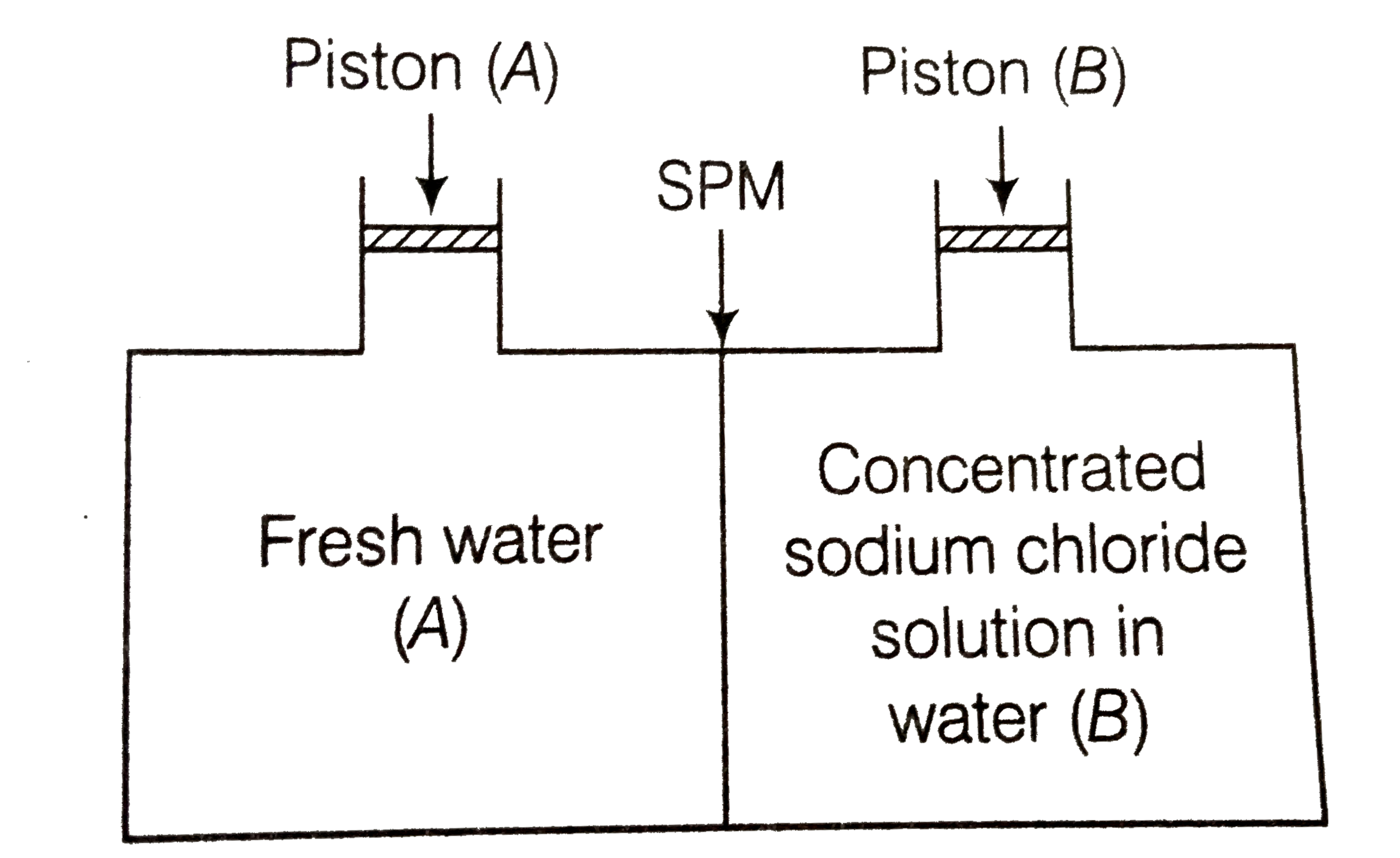
View Solution
Knowledge Check
Animal classification is depicted below. Mark the correct option.
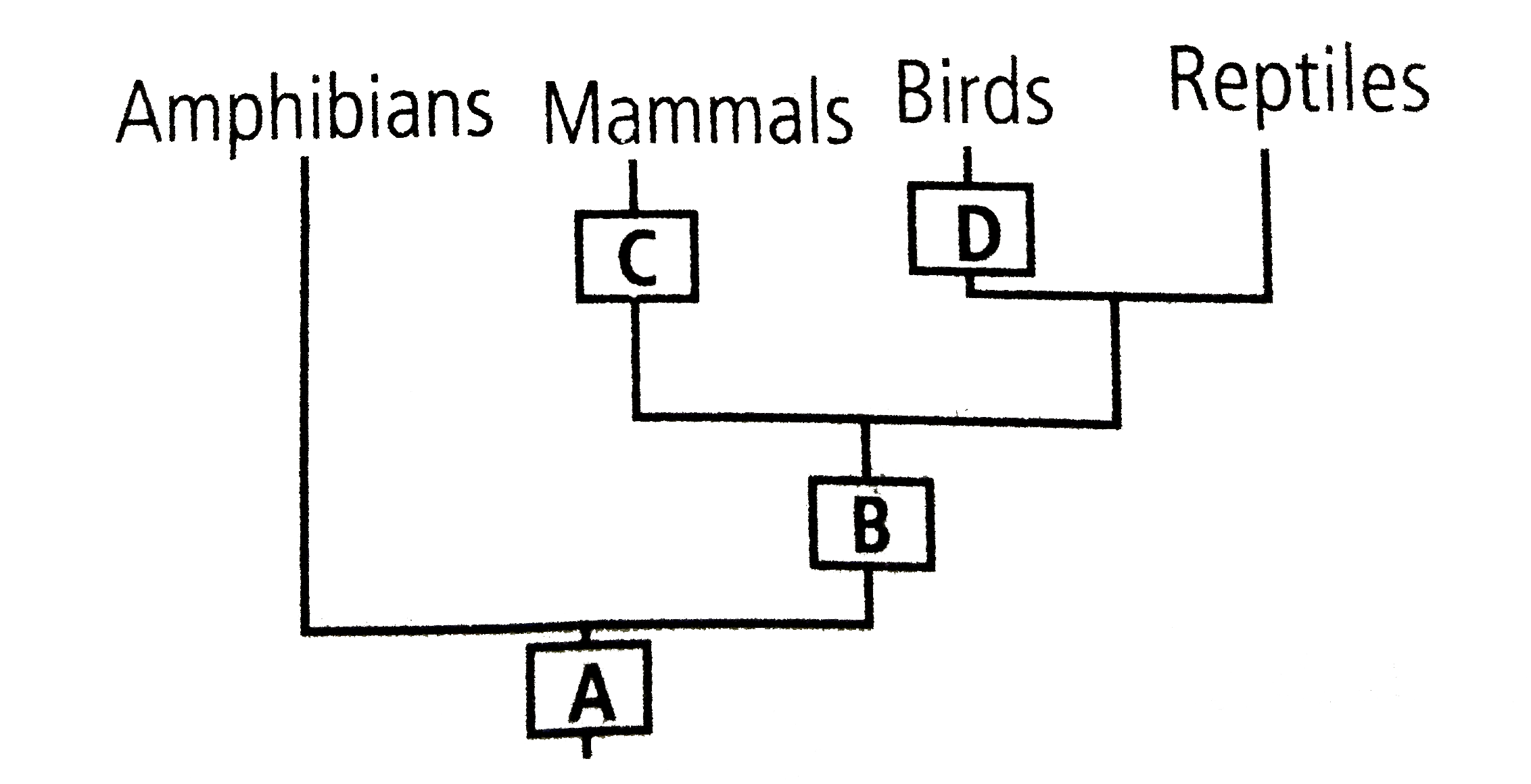 AA-Limbs
AA-Limbs
B-Egg with amnion membrane
C-Milk, hair
D-FeathersBA-Egg with amnion membrane
B-Limbs
C-Milk, hair
D-FeathersCA-Swin bladder
B-Limbs
C-Milk,hair
D-FeathersDA-Milk, hair
B-Limbs
C-Egg with amnion membrane
D-FeathersIn these figures, two life-cycles are described. Mark the correct option.
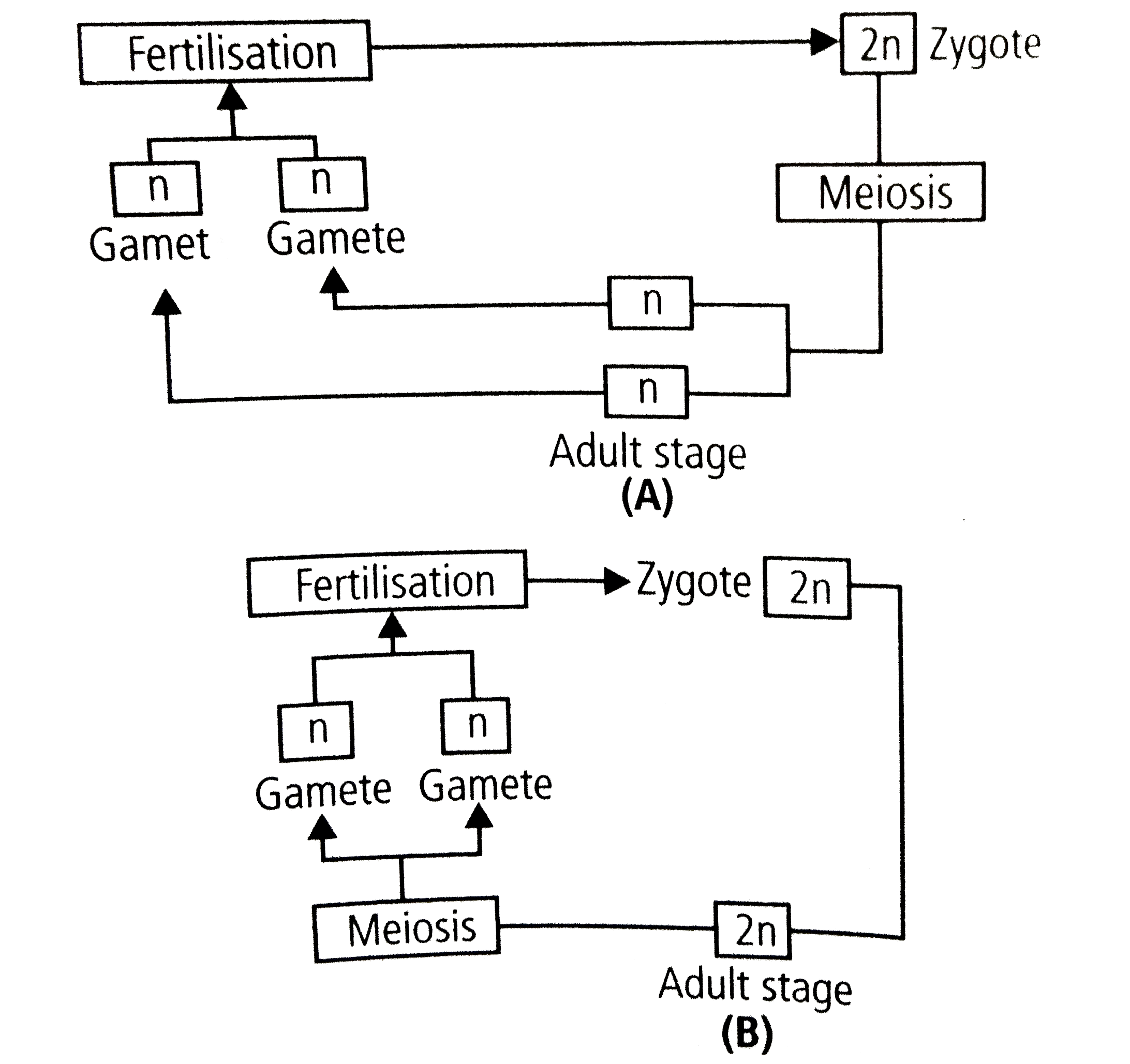 AA represents primitive life forms and B represents more advnced life forms.BA represents terrestrial life forms and B represents aquatic life forms.CA rrepresents asexual reproduction and B represents sexual reproduction.DBoth flow charts basically represent the same life-cycle.
AA represents primitive life forms and B represents more advnced life forms.BA represents terrestrial life forms and B represents aquatic life forms.CA rrepresents asexual reproduction and B represents sexual reproduction.DBoth flow charts basically represent the same life-cycle.Match the followings and mark the correct option.
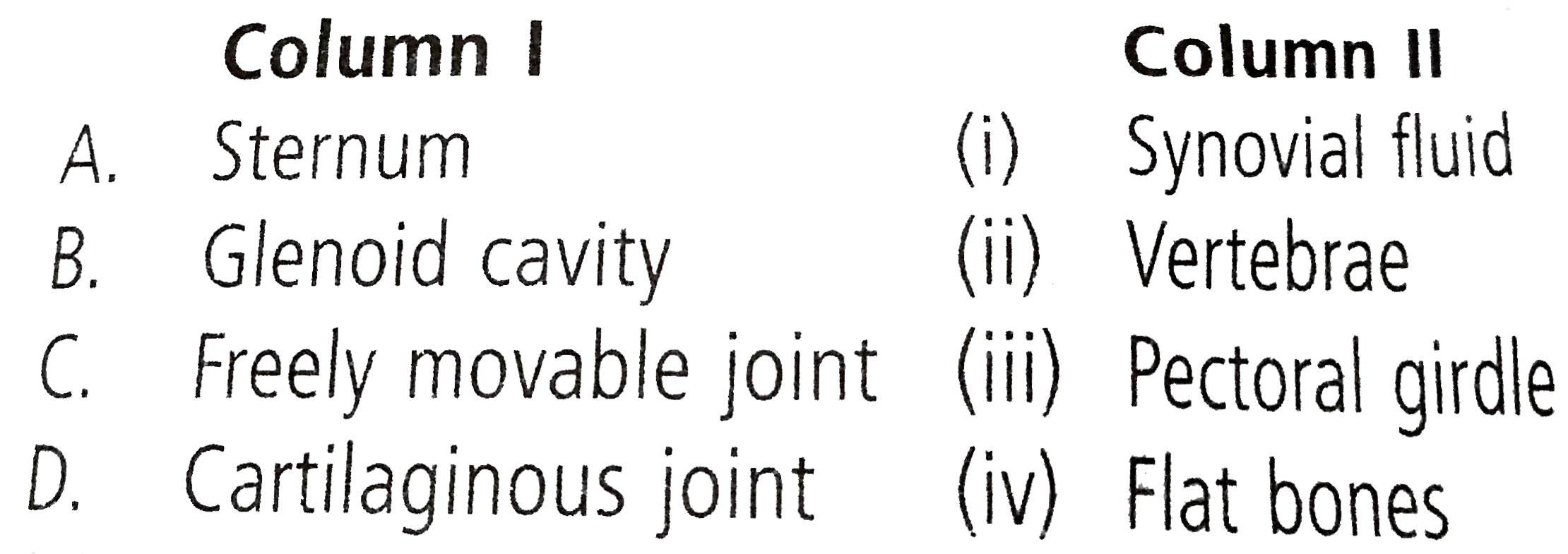 AA-(ii),B-(i),C-(iii),D-(Iv)BA-(iv),B-(iii),C-(i),D-(ii)CA-(ii),B-(i),C-(iv),D-(iii)DA-(iii),B-(i),C-(ii),D-(iv)
AA-(ii),B-(i),C-(iii),D-(Iv)BA-(iv),B-(iii),C-(i),D-(ii)CA-(ii),B-(i),C-(iv),D-(iii)DA-(iii),B-(i),C-(ii),D-(iv)
Consider figure and mark the correct option.
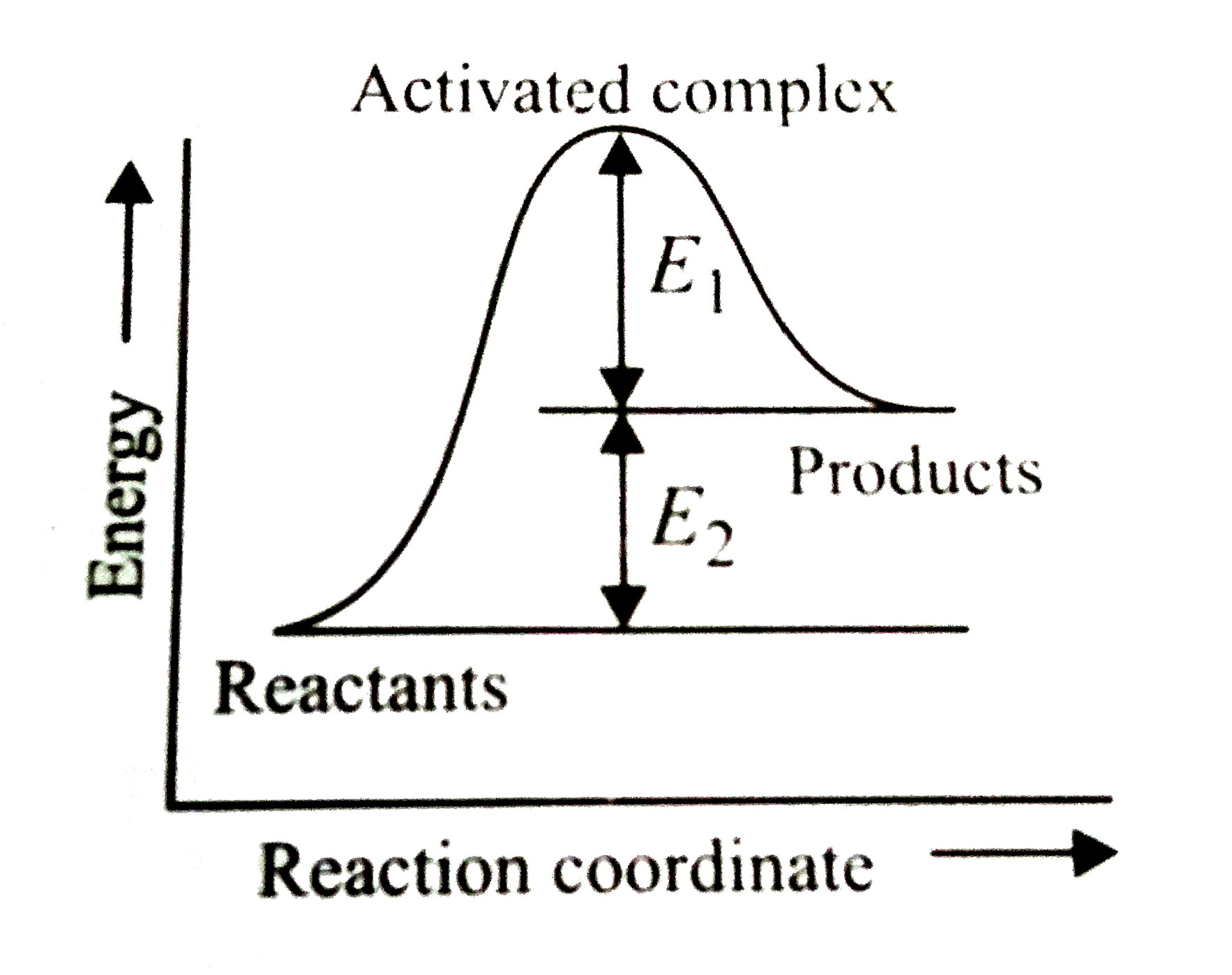
View SolutionConsider the figure and mark the correct option.
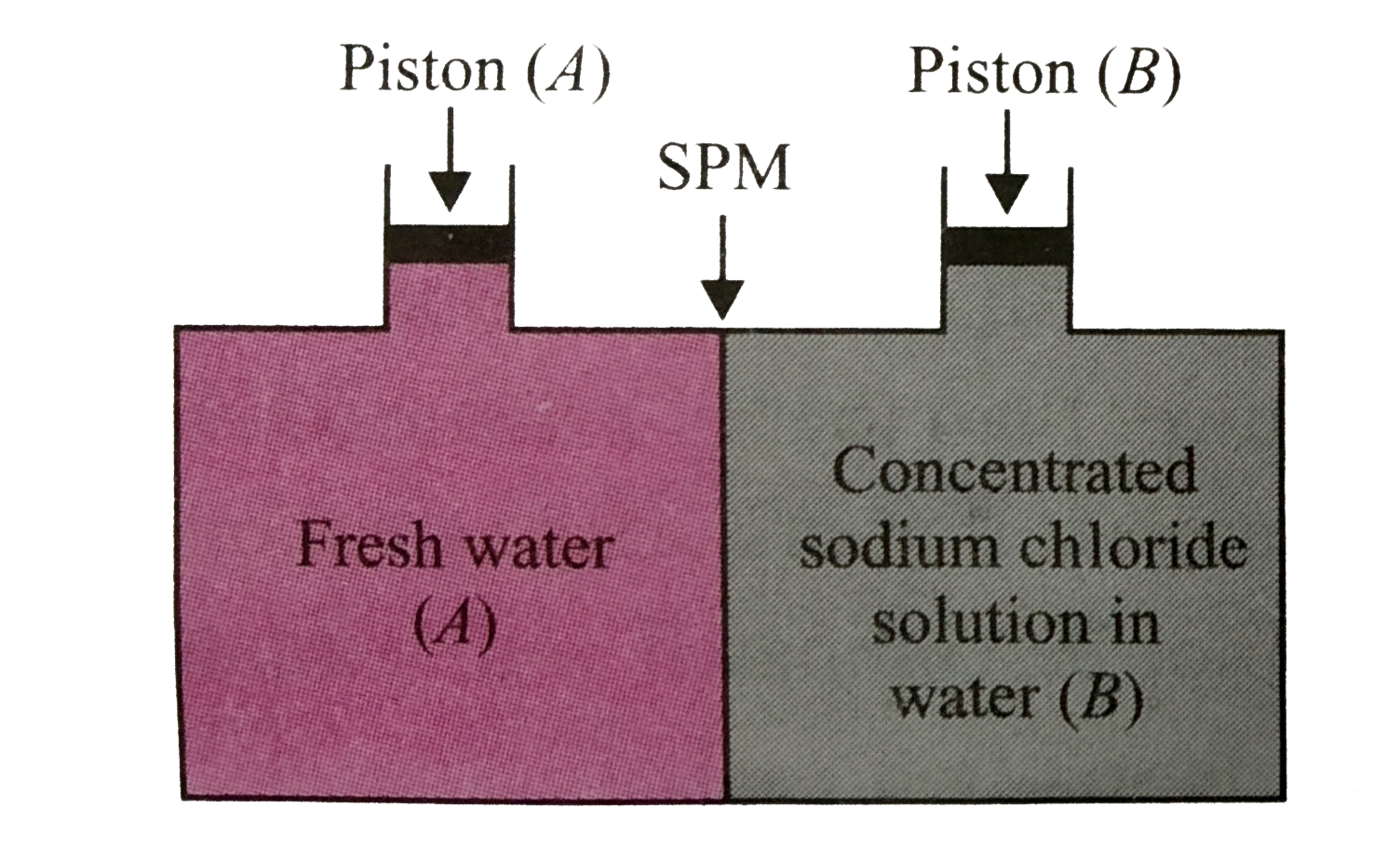
View SolutionMatch the following and mark the correct option.

View SolutionConsider the given figure and mark the correct option.
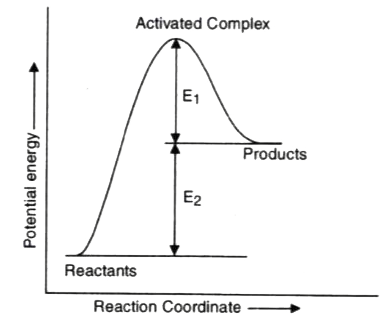
View SolutionConsider the given figure and mark the correct option.

View Solution
